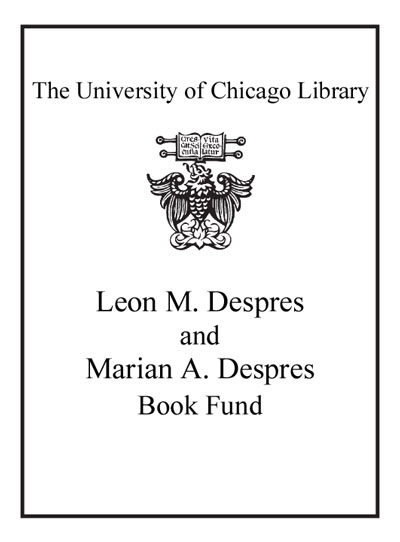| Summary: | "Over the course of the twentieth and twenty-first centuries, Harlem has been many things to many people--capital of a global African diaspora, an early instance of Italian and Jewish immigrant communities, home to an important el barrio, a representative site of contemporary gentrification--and, above all, a place for racial crossings. Relations among African Americans, West Indians, Puerto Ricans, Jews, Italians, and their spheres of expression and daily life tell a different kind of story of Harlem than prevailing narratives of groups of people fully contained by particular neighborhoods. Harlem is a space in which ethnicities and races collide, interact, and borrow from each other, even while blackness retains a particular power. The crosscultural encounter, intimate and conflictual, opens up an exemplar of race and class in America. In Harlem Stories, Sandhya Shukla explores a wide range of cultural texts, figures and moments, to construct a new archive. Each chapter combines original research and readings of twentieth and twenty-first century racial geography through the work and lives of prominent and ordinary Harlemites. Shukla considers the 1934 Langston Hughes short story "Spanish Blood," the career of the Italian American left-wing Harlem congressman Vito Marcantonio, the 1960s-1990s autobiography and identity of Puerto Rican-Cuban writer Piri Thomas, and post 9/11 video art and dramatic performances. Each of these chapters moves between intensely local formations (of neighborhood blocks), national discourses of multiplicity, and transnational possibilities for racial-ethnic solidarity"--
|
|---|

